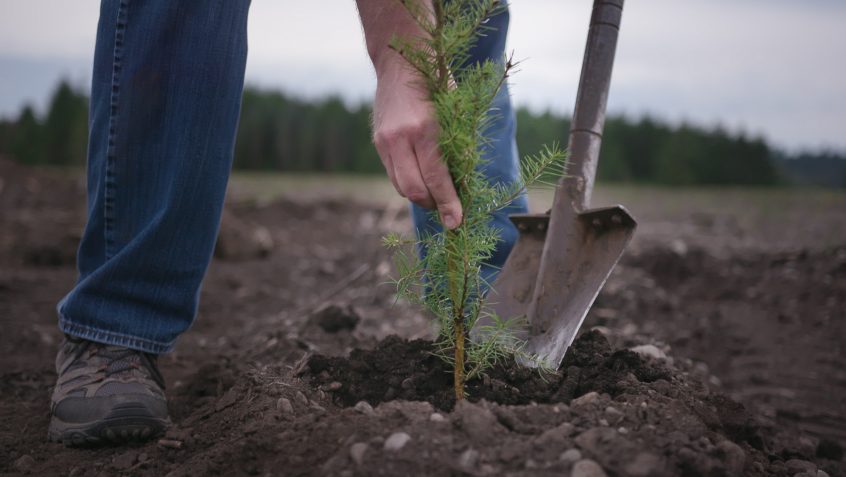Younger forests play a vital role in reducing greenhouse gases in our atmosphere, according to a new study out of England. A University of Birmingham analysis found relatively young forests, where trees are less than 140 years old, sequester more metric tons of carbon per year than old-growth forests.
Using 29 years of data and carbon storage models, researchers at the University of Birmingham found that newer forests were better at absorbing carbon than more established forests. The study’s lead author, Dr. Tom Pugh, stated that their findings not only underscore the essential role younger forests play in extracting greenhouse gasses from the atmosphere, it also can provide insights into forestry practices. Said Dr. Pugh of the Birmingham Institute of Forest Research:
It’s important to get a clear sense of where and why this carbon uptake is happening, because this helps us to make targeted and informed decisions about forest management.
Closer to home, this study affirms the sustainable, science-based practices that private forestland owners adhere to. Washington’s working forests provide numerous environmental benefits, playing a key role in taking carbon from the air by maintaining forest health and planting three trees for every tree harvested. That averages to about 52 million seedlings planted annually in Washington state.
The study from Birmingham University joins a growing body of evidence that suggests forestlands that regrow after logging operations and wildfires can sequester large amounts of CO2 gas. According to the Birmingham University report:
Previously it had been thought that the carbon uptake by forests was overwhelmingly due to fertilisation [sic] of tree growth by increasing levels of carbon dioxide in the atmosphere.
However, the researchers found that areas where forests were re-growing sucked up large amounts of carbon not only due to these fertilisation [sic] effects, but also as a result of their younger age. The age effect accounted for around 25 per cent of the total carbon dioxide absorbed by forests. Furthermore, this age-driven carbon uptake was primarily situated not in the tropics, but in the middle and high latitude forests.
The latest report comes on the heels of a story in Forbes that states poorly managed lands are causing California forests to be net carbon dioxide emitters due to catastrophic wildfires. Citing a draft report from the state of California, the Forbes story stated that the “current flux [of CO2] may not be sustainable without forest management.”
